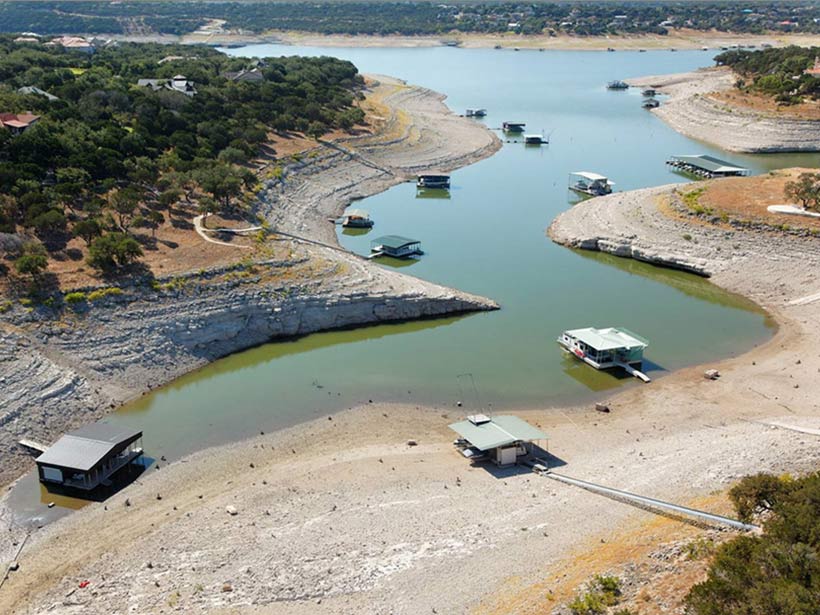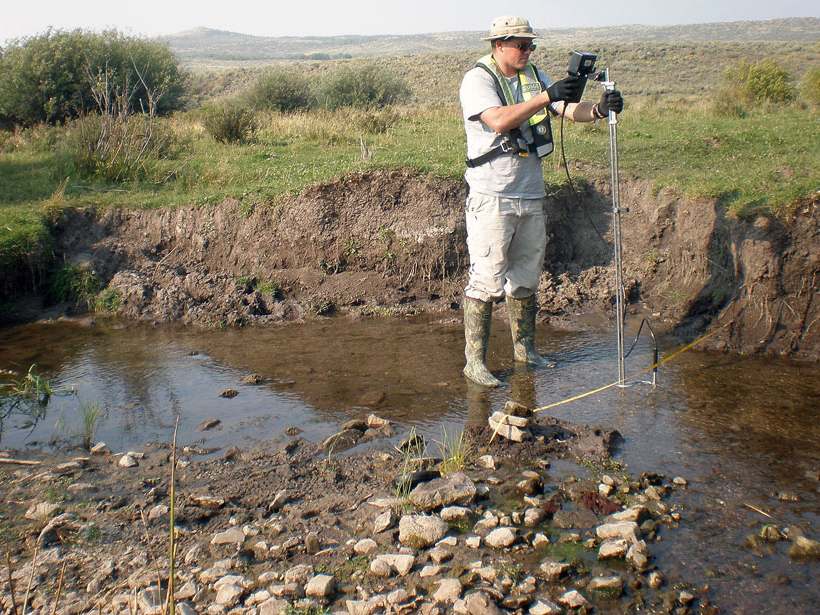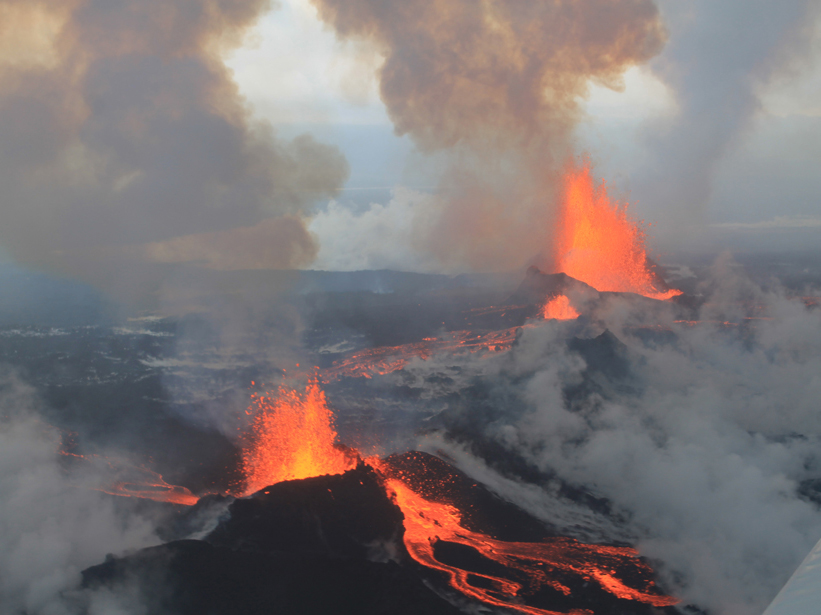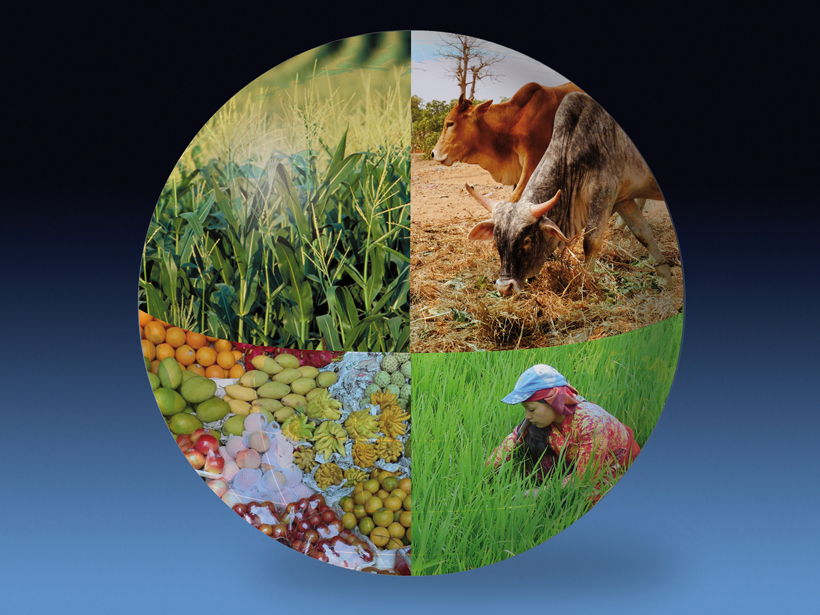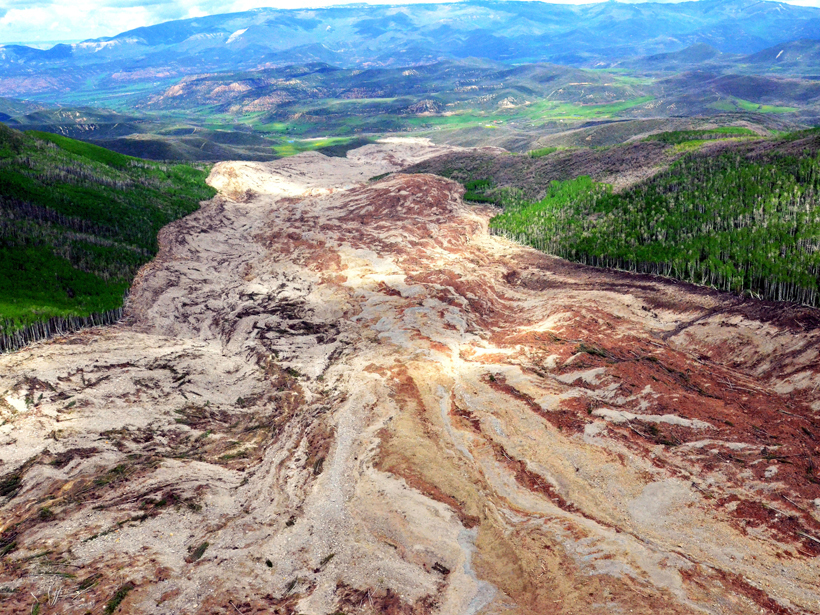Preparing for High Consequence, Low Probability Events: Heat, Water & Energy in the Southwest; Tucson, Arizona, 28–29 September 2015
Hazards & Disasters
Investigations of Shallow Slow Slip Offshore of New Zealand
Recent and upcoming studies of the Hikurangi margin east of New Zealand shed light on previously undetectable tectonic movements.
Science of Tying Some Extreme Weather to Climate Change Advances
A report from the National Academies of Sciences, Engineering, and Medicine says attribution of some classes of extreme events can provide policy makers with better information about future risks.
Satellite Shows Earth's Magnetic Field Bent During a Solar Storm
When solar storms strike, they weaken Earth's defenses against harmful radiation. New satellite measurements reveal just how much.
Reimagining a Fatal Flood
Researchers use high-resolution simulations to reexamine the rainfall events that led to one of the most destructive floods in U.S. history.
Tiny Accelerometers Create Europe's First Urban Seismic Network
The system, under development in Acireale, Italy, could be used to monitor earthquakes in real time and help rescue workers focus efforts where they’re needed most.
Florida Mayors Spotlight Climate Change as U.S. Election Issue
In the run-up to presidential primaries today in Florida, a bipartisan group of mayors there raised the issue by convincing moderators to pose questions about it in national debates and in other ways.
Icelandic Eruption Caused Record-Breaking Sulfur Dioxide Release
Satellite and ground-based data reveal sulfur dioxide flux, trace element release, and preeruption magma movement.
Assessing Impacts of Climate Change on Food Security Worldwide
AgMIP Workshop on Coordinated Global and Regional Integrated Assessments of Climate Change and Food Security; Aspen, Colorado, 13–18 September 2015
Forensic Analysis of Landslide Reveals Rocky Secrets
Scientists used drones, seismic data, and eyewitness accounts to figure out what unleashed an unthinkably large landslide on a spring day in Colorado.

